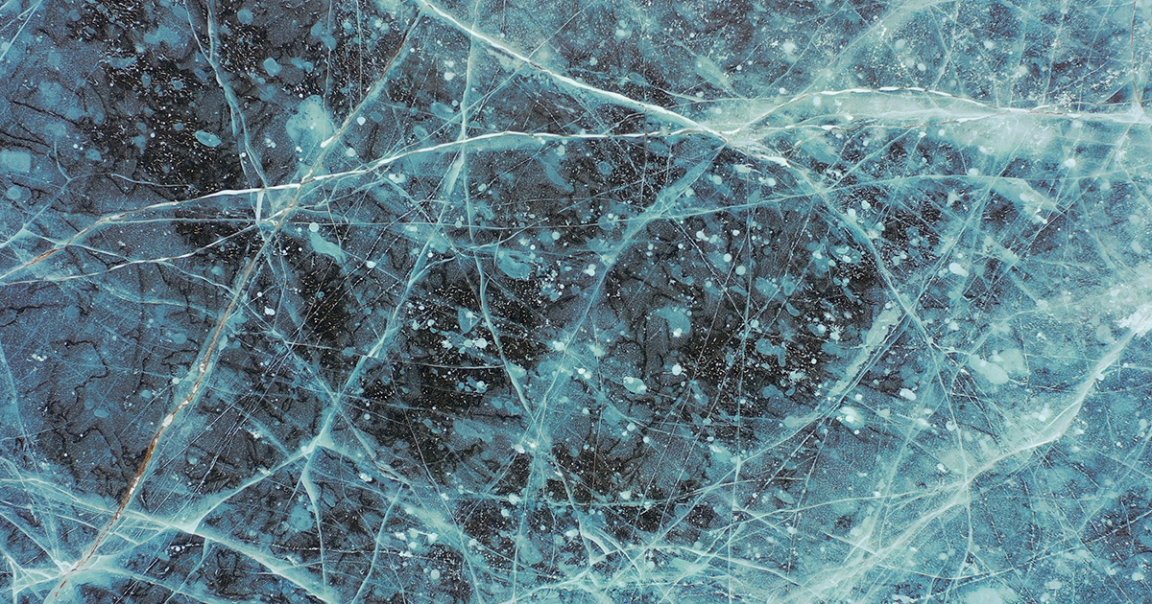
On Ice
While analyzing core samples from an ancient Tibetan glacier, scientists found remnants of more than 1,700 viruses, most of which had never been seen before.
As Ohio State University explained in a press release about the new findings from Tibet’s massive Guliya Glacier — which was also the source of another trove of frozen viruses in 2021 — these newly-discovered dormant viral species seem to provide evidence linking climate change and viruses.
Extracted from a 1,000-foot ice core extracted from the giant Tibetan ice cap, these dormant viruses offer what the school calls “pristine snapshots” of the last 41,000 years as the glacier and the world around it have warmed and cooled.
“Before this work, how viruses linked to large-scale changes in Earth’s climate had remained largely uninvestigated,” remarked ZhiPing Zhong, an OSU research associate who led the new study on the viruses, published this week in the journal Nature Geosciences. “Glacial ice is so precious, and we often don’t have the large amounts of material required for virus and microbe research.”
Many Such Cases
While this is far from the first time scientists have uncovered ancient viruses from glacial samples, the findings from Tibet’s sprawling Guliya Glacier represent, as Yale said in its own statment about the research, a fiftyfold increase in their numbers.
Of the more than 1,700 viral species discovered in this latest Guliya core sample, about three quarters are brand new. The other quarter had genetic signatures that overlapped with known organisms from other parts of the world.
“That means some of them were potentially transported from areas like the Middle East or even the Arctic,” Zhong explained.
Of the viruses found in the Guliya sample, the most distinct “viral community,” as the scientists are calling it, dates back about 11,500 years. As the school notes, that era saw the world’s climate shift from the Last Glacial Stage to the warmer Holocene epoch in which we currently live.
Though the researchers can’t say for certain, this trove of newly-discovered ancient viruses seem to indicate that the microbial species reacted to climate change, or as the study lead put it, “indicates the potential connection between viruses and climate change.”
The researchers also insisted in their paper that these new viruses pose no risk to humans — but as another study from 2023 suggested, those contained within other ice structures could become dangerous as climate change continues to thaw them out.
More on glaciers: Capital of Alaska Flooded By Melting Glacier